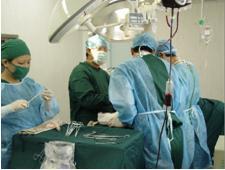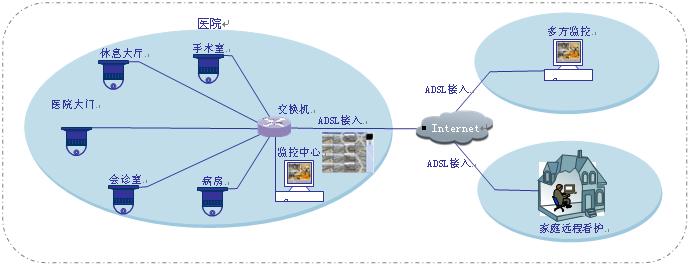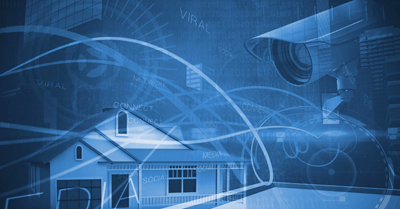Hospital remote care system
2020-05-19In order to facilitate the diagnosis and treatment of patients in the operating room by experts, and to reduce the probability of infection of doctors and patients as much as possible, In addition, it is convenient for the family members of patients to observe the situation of patients in a specific visiting room, increase their communication with the hospital, and the specialists in various regions can monitor and see the real-time situation of patients at home through the network, so as to accurately judge the patient's condition, and also to relieve the tension of the hospital ward, etc.
1、 Application example
Through the implementation of remote video monitoring in a hospital in Shanghai, patients in the ward and ward of the hospital are monitored 24 hours, the operation observation and learning in the operating room, doctors' joint consultation and other information intelligent functions.
Inpatient medical staff, supervising patients in each ward: in the past, medical staff needed to run back and forth between wards when supervising patients in each ward, but now they only need to browse the real-time picture of each ward directly on the desktop office computer, and they can know the physical condition of patients in each ward in real time through the control of the PTZ.
1. Study and observe the operation: for the operating room, due to the limitation of the indoor area and the requirements of the operating procedures, it is impossible to accommodate many people, especially the narrow surgical areas such as the ophthalmology. At this time, through the head mounted micro camera system of the surgeon in charge,
With the help of the multi angle camera on the wall around the operating room, the details of the operation can be seen at a glance, and the
According to the needs of the surgery video and technical processing, which is very conducive to the training of medical students and medical staff skills.
2. Centralized consultation of experts: specialists in different places can watch the real-time status of patients remotely through the desktop computer
In order to consult with patients.
3. Remote care: for the seriously ill patients, it is not convenient to move, so a network monitoring camera can be installed beside the patient's bed at home. Nurses or specialists in the hospital can visit or care the patients at home remotely through the Internet network, which can also reduce the bed tension.
2、 System diagram:
1、 Application example
Through the implementation of remote video monitoring in a hospital in Shanghai, patients in the ward and ward of the hospital are monitored 24 hours, the operation observation and learning in the operating room, doctors' joint consultation and other information intelligent functions.
Inpatient medical staff, supervising patients in each ward: in the past, medical staff needed to run back and forth between wards when supervising patients in each ward, but now they only need to browse the real-time picture of each ward directly on the desktop office computer, and they can know the physical condition of patients in each ward in real time through the control of the PTZ.
1. Study and observe the operation: for the operating room, due to the limitation of the indoor area and the requirements of the operating procedures, it is impossible to accommodate many people, especially the narrow surgical areas such as the ophthalmology. At this time, through the head mounted micro camera system of the surgeon in charge,
With the help of the multi angle camera on the wall around the operating room, the details of the operation can be seen at a glance, and the
According to the needs of the surgery video and technical processing, which is very conducive to the training of medical students and medical staff skills.
2. Centralized consultation of experts: specialists in different places can watch the real-time status of patients remotely through the desktop computer
In order to consult with patients.

3. Remote care: for the seriously ill patients, it is not convenient to move, so a network monitoring camera can be installed beside the patient's bed at home. Nurses or specialists in the hospital can visit or care the patients at home remotely through the Internet network, which can also reduce the bed tension.
2、 System diagram:







